7 Must-See Arad Religious Sites for Your Next Trip
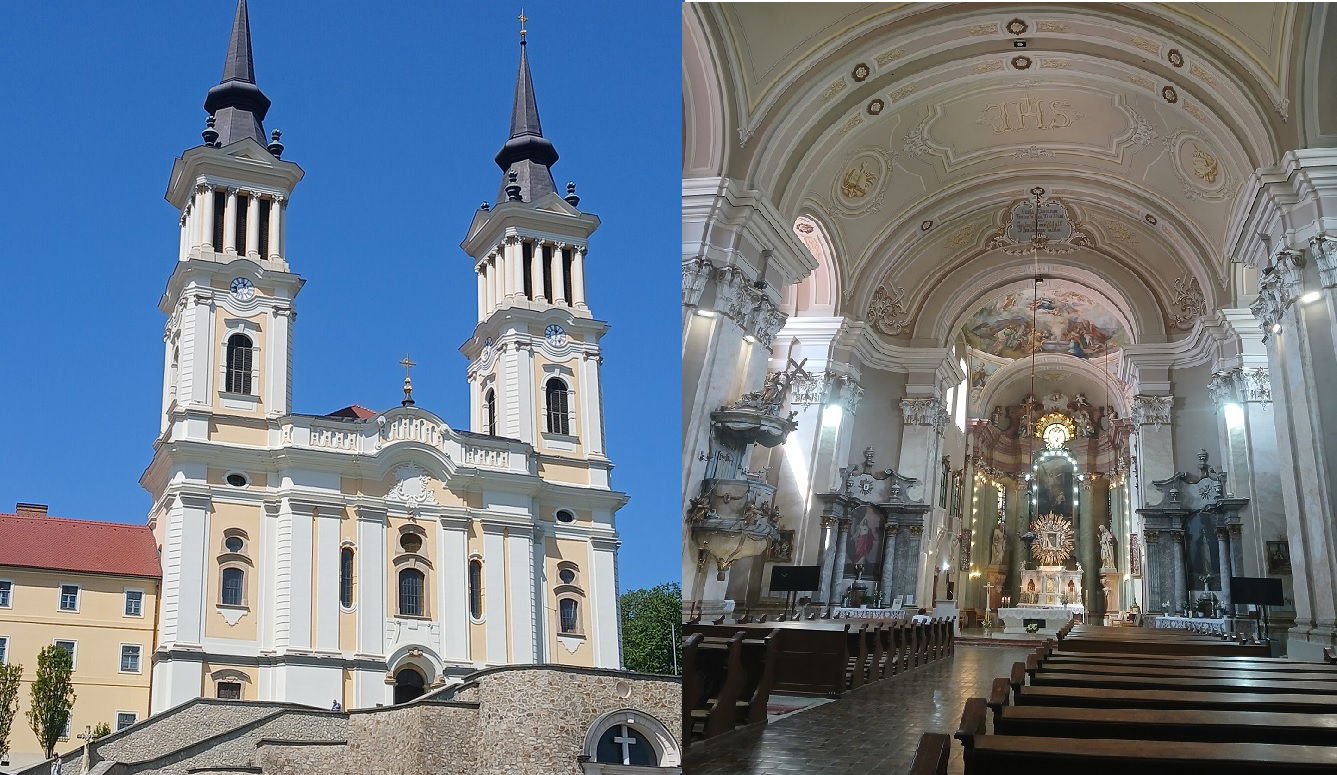
People travel to Romania for castles and mountain towns, but Arad sits quietly on the map with stories most guides miss. What if I told you this small city is a portal to centuries of religious coexistence, where Orthodox, Catholic, Jewish, and Protestant traditions have thrived side by side for generations? Visitors expecting a sleepy provincial town are stunned because every church, synagogue, and monastery in Arad reveals a hidden chapter of resilience and cultural exchange no ordinary destination can match.
Table of Contents
- Introduction To Arad's Religious Heritage
- Understanding The Significance Of Arad Religious Sites
- Top 3 Churches To Visit In Arad
- Key Historical Synagogues In Arad
- Essential Monasteries In The Arad Region
- Tips For Exploring Arad's Religious Architecture
- Planning Your Visit To Arad Religious Sites
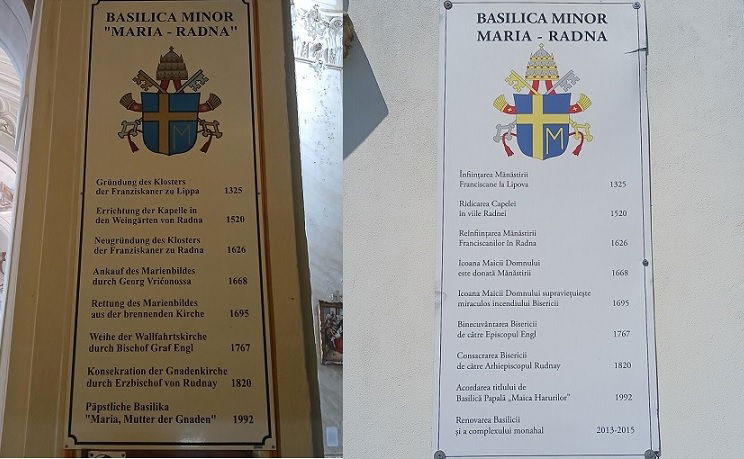
Quick Summary
| Takeaway | Explanation |
|---|---|
| Discover Arad's religious diversity | Arad's religious sites represent a blend of Orthodox, Catholic, Jewish, and Protestant traditions that showcase historical coexistence. |
| Visit key churches and synagogues | Notable sites like St. Anthony of Padua Church and the Neolog Synagogue are essential for understanding Arad's rich heritage. |
| Embrace cultural sensitivity when visiting | Dress modestly, respect local customs, and learn basic Romanian phrases to enhance your experience at religious sites. |
| Plan visits considering weather and access | Seasonal factors can impact your visit; be aware of opening hours and cultural practices, especially during religious events. |
| Engage with local narratives | Understanding the stories behind religious landmarks can deepen your appreciation of Arad's complex cultural tapestry. |
1: Introduction to Arad's Religious Heritage
Arad stands as a remarkable testament to religious diversity and historical complexity, offering travelers a profound journey through centuries of spiritual heritage. Located in western Romania, this city represents a unique crossroads of religious traditions that have coexisted and flourished for generations.The religious landscape of Arad reflects its multicultural history, shaped by various ethnic groups and faith communities. Explore the historical significance of Arad to understand how different religious traditions have intertwined over centuries.According to historical research from Cornell University, the Arad Diocese played a crucial role in preserving religious identity during the 18th-century Habsburg rule. The region's religious sites tell stories of resilience, tolerance, and cultural exchange.Key characteristics of Arad's religious heritage include:
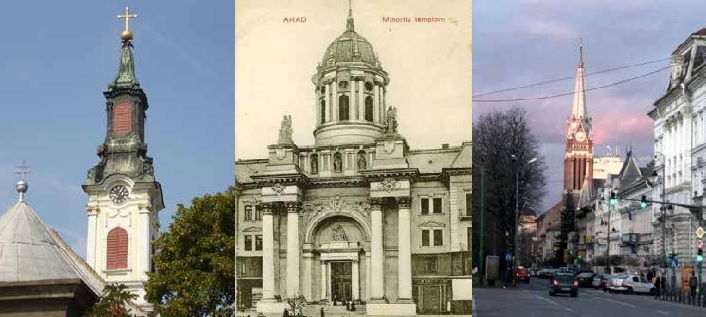
- Multilayered spiritual traditions spanning Orthodox, Catholic, Jewish, and Protestant communities
- Architectural diversity reflecting different historical periods and cultural influences
- Rich historical narratives of religious coexistence and mutual respect
Visitors to Arad will discover an extraordinary tapestry of religious expression, where ancient churches, synagogues, and places of worship stand as living monuments to the city's complex spiritual history. Each religious site offers a window into the profound cultural dynamics that have shaped this remarkable region.Prepare to embark on a transformative journey through Arad's religious landmarks, where every stone and sanctuary tells a story of human faith, cultural interaction, and historical resilience.
2: Understanding the Significance of Arad Religious Sites
Arad's religious sites represent far more than architectural monuments. They are profound living narratives of cultural intersection, tolerance, and historical resilience. Learn about Arad's broader cultural context to appreciate the deeper meaning behind these spiritual landmarks.According to Britannica's historical research, these religious sites encapsulate centuries of complex interactions between different ethnic and faith communities. The significance extends beyond religious worship to represent social dynamics and historical transformations.Key aspects that make Arad's religious sites critically important include:
- Embodying centuries of multicultural coexistence
- Serving as architectural and spiritual repositories of regional history
- Demonstrating remarkable architectural and artistic diversity
These sites are not merely static structures but dynamic cultural expressions that communicate stories of human connection, spiritual diversity, and mutual respect. Each sanctuary represents a chapter in Arad's intricate social fabric, where different religious traditions have intersected and harmonized.The religious landscape of Arad reveals a nuanced narrative of peaceful cultural dialogue. From Orthodox churches to synagogues, each site tells a story of how different communities have shared spaces, respected differences, and created a rich, interconnected social tapestry.Understanding these religious sites requires more than casual observation. It demands a deep appreciation for the complex historical processes that have shaped Arad's spiritual identity. Visitors are invited to look beyond architectural beauty and explore the profound human stories embedded in these sacred spaces.
3: Top 3 Churches to Visit in Arad
Arad's churches represent extraordinary architectural and spiritual landmarks that capture the city's rich religious diversity. Explore the detailed history of Arad's churches to understand their profound cultural significance.According to historical documentation about St. Anthony of Padua Church), these religious sites are not merely structures but living testimonies of architectural and cultural evolution.The top three churches visitors must explore include:
- St. Anthony of Padua Roman Catholic Church
- Holy Trinity Orthodox Cathedral
- Maria Radna Monastery
St. Anthony of Padua Roman Catholic Church stands as a remarkable architectural marvel. Constructed between 1902 and 1904, this church features an exquisite blend of Neoclassical, Baroque, and Renaissance revival styles. Its impressive nave stretches 43 meters long and 17 meters wide, creating a breathtaking spiritual environment.The Holy Trinity Orthodox Cathedral represents another architectural gem. Completed in 2008, this magnificent structure integrates Byzantine and Roman architectural elements. Its imposing dimensions include a length of 63 meters, width of 36 meters, and a maximum height of 58 meters. Four golden crosses adorn its domes, with the largest measuring an impressive 7.30 meters high.The Maria Radna Monastery offers a profound spiritual experience, elevated to a Minor Basilica by Pope John Paul II in 1992. This 18th-century Baroque-style church houses a significant religious artifact: the iconic 'Mother of God' representation, which has been present in Radna since 1668.These churches are more than tourist destinations. They are living narratives of Arad's multicultural heritage, inviting visitors to explore layers of historical and spiritual complexity.
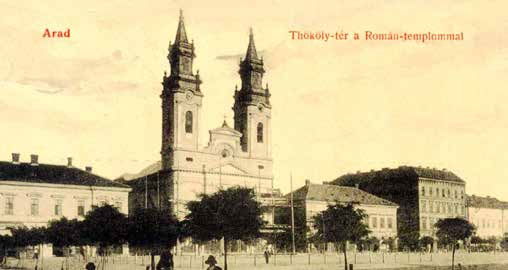
4: Key Historical Synagogues in Arad
Arad's Jewish heritage represents a profound narrative of cultural resilience, architectural beauty, and spiritual continuity. Discover more about Arad's Jewish history to understand the deeper significance of these sacred spaces.According to historical documentation about Jewish communities, the first documented Jewish presence in Arad dates from 1717, with a formal community established around 1740. These synagogues are more than religious structures they are living monuments to a rich cultural legacy.Key aspects of Arad's synagogues include:
- Representing centuries of Jewish cultural and spiritual tradition
- Showcasing remarkable architectural diversity
- Serving as historical repositories of community memory
The Neolog Synagogue, constructed in 1828, stands as a remarkable architectural marvel. Its extraordinary twenty-two meter diameter cupola and massive organ are considered one of the finest in Europe. The synagogue symbolizes the sophisticated cultural integration of Jewish communities in Arad during the 19th century.Arad's synagogues tell stories of adaptation, survival, and cultural preservation. From the first wooden synagogue built in 1759 to more elaborate structures in subsequent decades, these sites chronicle the Jewish community's journey through challenging historical periods.Interestingly, the 'Stories of the Synagogues' project now allows global audiences to explore these sacred spaces digitally, connecting people worldwide with Arad's rich Jewish heritage. This innovative approach ensures that these important cultural landmarks remain accessible and remembered, transcending physical and temporal boundaries.Visitors to Arad's synagogues will discover not just architectural beauty, but profound narratives of human resilience, cultural diversity, and spiritual continuity.
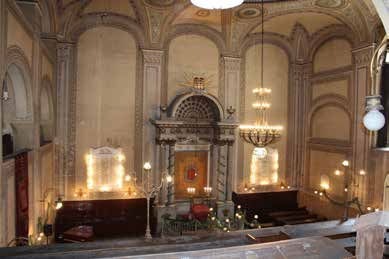
5: Essential Monasteries in the Arad Region
The monasteries of the Arad region represent profound spiritual landscapes, offering visitors extraordinary insights into Romania's rich religious heritage. Explore the broader significance of Arad's cultural heritage to appreciate these sacred spaces more deeply.According to historical documentation about regional monasteries, these monastic institutions are more than architectural monuments they are living repositories of cultural memory.Key characteristics of Arad's monasteries include:
- Representing centuries of Orthodox spiritual traditions
- Preserving intricate architectural and artistic heritage
- Serving as important centers of religious and cultural preservation
The Hodoș-Bodrog Monastery stands as a remarkable testament to historical continuity. Dating back to 1177, this monastery represents one of the oldest monastic institutions in Romania. Located approximately 17 km from Arad city, within the Mureș Floodplain Natural Park, it offers visitors a glimpse into medieval religious life.The monastery's current church, constructed around 1370, features a distinctive triconch architectural plan that reflects the evolving spiritual and architectural sensibilities of its time. Baroque elements added in the 17th century, including the unique dome helmet, showcase the adaptive nature of these religious spaces.
Bezdin Monastery- according to documents from that period (the Psalter of Hieromonk Leontie Bogojevici, now located in Vršac), construction of the monastery complex began in 1539 through the zeal of Iovan Iaksici of Nădlac, during the time of Serbian archimandrite Josip Milutinovici and with the help of the faithful. During the Ottoman occupation of Banat, the place of worship was set on fire by the Turks, but it was not abandoned by the monks, who built a wooden church in which they served until the current one was built. The stone church was built after 1690, in Byzantine style, in the shape of a trefoil with three apses; For a long time, the monastery complex was an important landmark in the history of the Serbian community in this province of the Austro-Hungarian Empire, keeping alive the faith and brotherhood of this ethnic group. It comprises: the church dedicated to the Assumption of the Virgin Mary and the enclosure with cells, built between 1750 and 1800.
The Frumuşeni (Schöndorf) Bizere Monastery archaeological site is located in the Mureş floodplain, on the left bank of the Mureş River, in a place called "Fântâna turcului" (Turkish Fountain). In 1183, the abbey dedicated to the Virgin Mary was first mentioned, and at the end of the 12th century, the Bizere Monastery functioned as a Benedictine monastery under royal patronage; the abbey controlled the transport of salt on the Mureş River. In the 13th century, the monastery, with a number of 23 monks, had an annual income of 4,000 salt boulders (a product that was difficult to obtain at that time). From the 14th century onwards, the Benedictine monastery experienced a steady decline, and in 1557, after the Turkish invasion of the Arad region, the monastery was no longer recorded as being functional. The Frumuşeni (Schöndorf) Monastery archaeological site is located in a protected area, thanks to the initiative launched by the Arad County Council, the Frumuşeni (Schöndorf) Commune Town Hall, and the Arad Museum Complex in 2008, when the site became an archaeological reserve. Thus, the Bizere Monastery archaeological site is not only an area with archaeological potential, but also tourist potential, being unique in Arad County and in the west of the country.
6: Tips for Exploring Arad's Religious Architecture
Exploring Arad's religious architecture requires more than casual observation. Cultural sensitivity and deep appreciation are crucial for truly understanding these remarkable spaces. Learn about other cultural experiences in Arad to enhance your architectural journey.Important considerations for respectful architectural exploration include:
- Dress modestly and appropriately for religious spaces
- Request permission before photographing interiors
- Maintain a quiet and contemplative demeanor
Navigating Arad's religious sites demands thoughtful preparation. Visitors should research local customs, understand historical context, and approach these spaces with genuine curiosity and respect. Each architectural element tells a story of cultural interaction, spiritual expression, and historical transformation.Architectural observation strategies can transform your experience:
- Study the intricate details of decorative elements
- Compare architectural styles across different religious sites
- Understand the historical context of architectural design
The architectural diversity of Arad's religious sites reflects centuries of cultural exchange. Byzantine, Baroque, Renaissance, and Orthodox architectural influences intertwine, creating a rich visual narrative. Pay attention to subtle design elements like dome structures, iconographic representations, and spatial configurations.When visiting these sites, consider engaging local guides or obtaining historical guidebooks. They can provide nuanced insights into architectural symbolism, construction techniques, and the spiritual significance of different design elements.Remember that religious architecture in Arad is not merely about aesthetic appreciation. These spaces are living testimonies of community resilience, spiritual continuity, and cultural dialogue. Approach them with reverence, curiosity, and an open mind to truly appreciate their profound historical and cultural significance.
7: Planning Your Visit to Arad Religious Sites
Successful exploration of Arad's religious sites requires thoughtful preparation and cultural awareness. Discover additional travel insights for Arad to enhance your overall experience.According to European travel research guidelines614604_EN.pdf), strategic planning is essential for meaningful cultural tourism.Key preparatory steps for visiting religious sites include:
- Verify seasonal opening hours and potential holiday closures
- Research appropriate dress codes for each location
- Learn basic local etiquette and cultural protocols
Seasonal Considerations play a crucial role in planning. Summer months offer longer daylight hours and more comfortable temperatures, while winter provides a uniquely atmospheric experience of these historic spaces. Spring and autumn present moderate temperatures ideal for extensive site exploration.Budget and logistical planning are equally important. Recommended budget allocation might include:
- Transportation between sites
- Potential guided tour expenses
- Small donations or entry fees for religious locations
Respectful engagement requires understanding local customs. Many religious sites have specific protocols about photography, noise levels, and visitor behavior. Some locations might require advance booking or have limited access during religious ceremonies.Travelers should also consider language preparation. While English is increasingly common, having basic Romanian phrases can significantly enhance interactions with local guides and community members. Translation apps and pocket dictionaries can be invaluable tools.Prioritize cultural sensitivity above all. These are not merely tourist destinations but living spiritual spaces with deep historical and community significance. Approach each site with genuine curiosity, respect, and an openness to learning about the rich cultural narratives embedded in Arad's remarkable religious architecture.Below is a comprehensive table summarizing the main topics, highlights, and practical steps covered throughout the article about Arad's must-see religious sites.
| Main Topic | Key Points & Highlights | Practical Takeaways / Steps |
|---|---|---|
| Arad's Religious Heritage | Multilayered Orthodox, Catholic, Jewish, and Protestant traditions; centuries of coexistence | Witness a unique blend of faith communities through historic sites |
| Significance of Religious Sites | Living narratives of tolerance, cultural exchange, diverse architecture | Engage deeply with historical context, not just the architecture |
| Top 3 Churches | St. Anthony of Padua (Neoclassical/Baroque), Holy Trinity Cathedral (Byzantine/Roman), Maria Radna | Visit these iconic churches for their artistry and historical impact |
| Key Synagogues | Rich Jewish legacy since 1717, highlighted by the Neolog Synagogue and digital heritage initiatives | Explore synagogues for cultural resilience and take virtual tours for deeper understanding |
| Essential Monasteries | Hodoș-Bodrog (since 1177), Gai Monastery, Bezdin; landmarks of Orthodox continuity and adaptation, Bizere archaeological site | Tour monasteries for spiritual insight, medieval architecture, and live traditions |
| Exploring Religious Architecture | Emphasis on cultural sensitivity, observing style differences, guided tours/journaling | Dress modestly, seek permission for photos, compare styles, consider hiring local guides |
| Planning Your Visit | Seasonal hours, etiquette, dress codes, language tips, budgeting (transport/tours/donations) | Prepare documents, check timings, learn key Romanian phrases, budget for transportation and entrances |
| Cultural Value & Deeper Insights | Sites symbolize resilience, historical identity, ongoing peaceful dialogue among communities | Approach each site with respect, curiosity, and openness for a transformative experience |
Transform Your Arad Religious Tour Into a Truly Unforgettable Experience
Do you want to go beyond surface-level sightseeing and truly connect with the soul of Arad? This article highlighted common challenges like understanding the real stories behind top churches, synagogues, or monasteries and making every step on your trip meaningful. Many visitors struggle to unlock that deep insight into cultural coexistence, architectural nuance, or authentic local customs. That is where Arad.zone steps in to guide you further.Dive into our exclusive travel resources and engaging blog articles for practical itineraries, insider history, and must-know tips that make every religious site in Arad come alive.
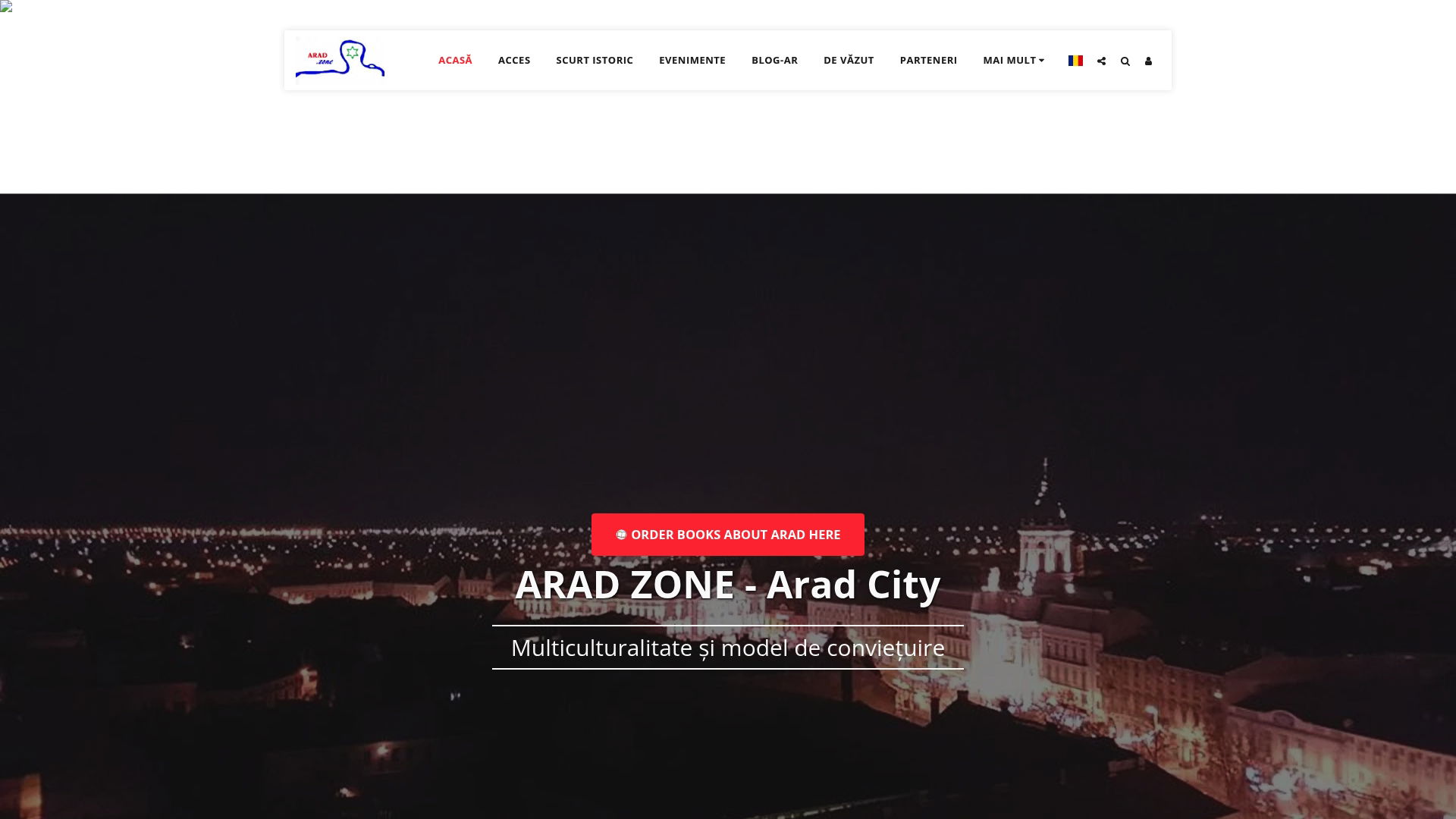
Get instant answers on how to plan your journey, discover the hidden treasures and background stories of Arad, and explore unique recommendations for the city's diverse museums and cultural experiences. Visit Arad.zone now for up-to-date advice and start building a visit packed with meaning and memories. This is your moment to travel smarter and deeper—do not let it slip away.
Frequently Asked Questions
What are the top religious sites to visit in Arad?
The top three churches to explore in Arad are St. Anthony of Padua Roman Catholic Church, Holy Trinity Orthodox Cathedral, and Maria Radna Monastery. Each showcases unique architectural styles and rich spiritual significance.
Why are Arad's religious sites important for cultural heritage?
Arad's religious sites embody centuries of multicultural coexistence, serving as architectural repositories of regional history while representing social dynamics and historical transformations within the community.
What should visitors consider when exploring religious architecture in Arad?
Visitors should dress modestly, maintain a quiet demeanor, and request permission for photographing interiors. Understanding local customs and historical context enhances the experience significantly.
How can I effectively plan my visit to the religious sites in Arad?
To plan your visit, verify seasonal opening hours, research appropriate dress codes, and learn basic local etiquette and cultural protocols for each religious site. Additionally, consider using local guides for deeper insights.